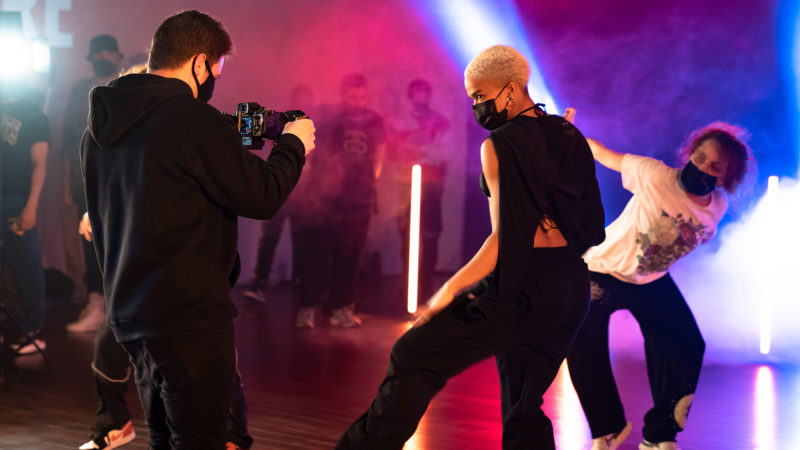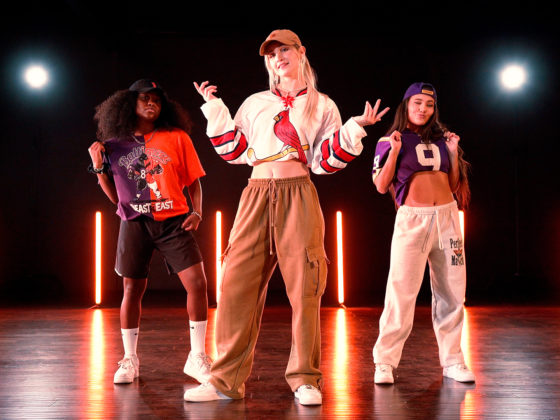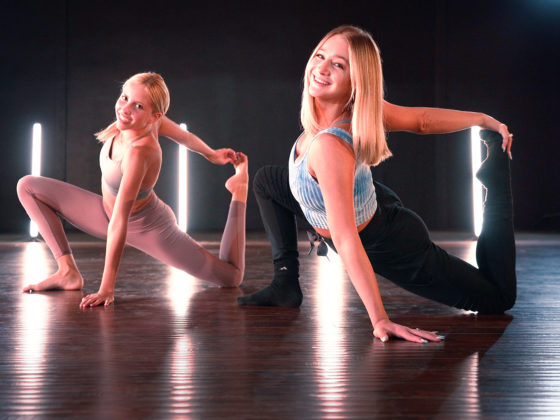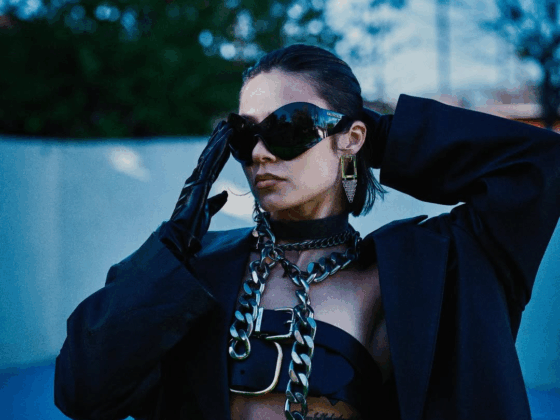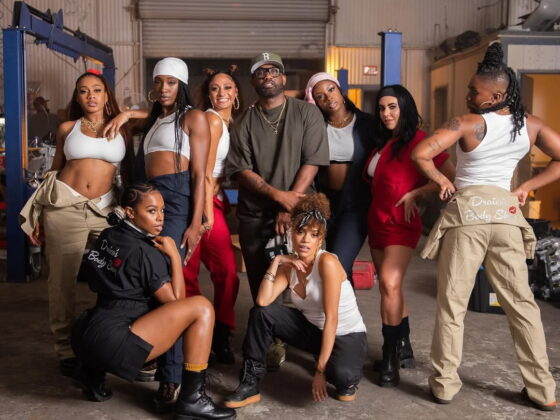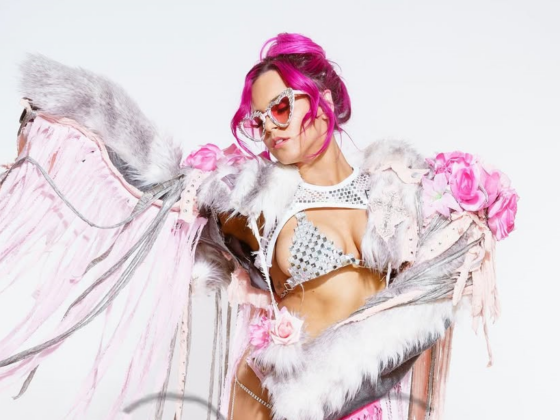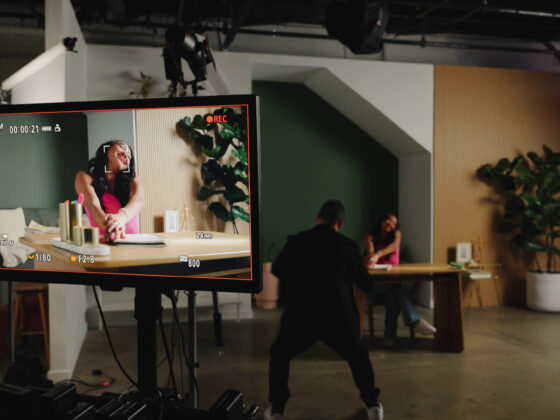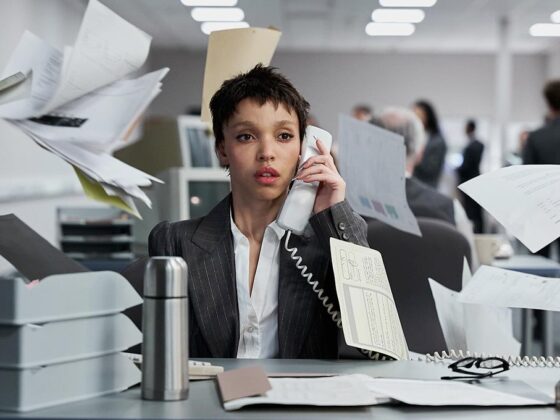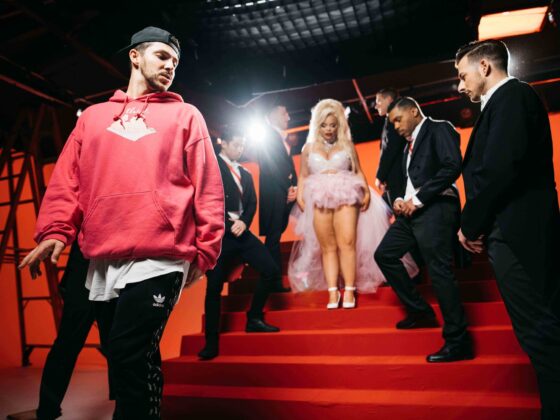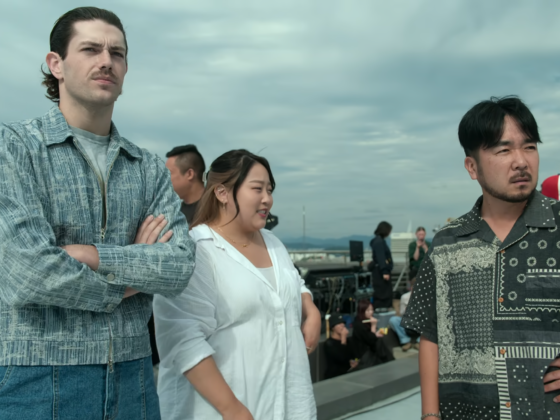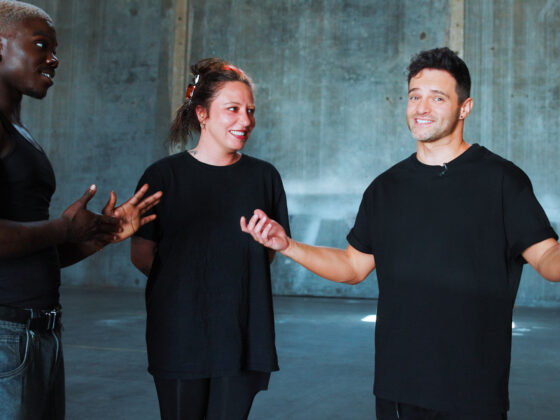Creating dance content has become an important and powerful way to showcase our art and promote our work. A well-choreographed video is a fantastic way to display our creativity for the world to see, but the dance and vision are only half the equation of a finished product. For your video to have the most impact, the person holding the camera has a lot of weight on their shoulders.
I spoke with director, cinematographer, and producer Tim Milgram, who is well known for pioneering a style of filming dance that has become popular in our industry today. “There are many great options for the type of person that can help you with your video project,” he says. “It’s not always obvious who’s going to be a great fit, but when you work with the right person, that’s when the magic happens.”
So let’s talk about it–what kind of things do you need to be aware of when hiring your videographer?
Know Your Roles
Different people who work behind the camera have different strengths. Are you looking for someone who can lead, a specialist in lighting and tech, or someone with basic overall knowledge who can follow directions? Let’s look at your options:
- Videographer: Their primary objective is to capture footage. Someone who typically works solo, you might hire this person for a class video or a live event.
- Cinematographer: This person also captures footage and has extensive knowledge of lighting, lenses, and technology. They often lead a crew of people (grips and gaffers, specifically) who help make more intricate and cinematic lighting setups possible.
- Director: This is your go-to for someone to creatively oversee and lead a project. It’s this person’s job to see your vision and execute it. They will often be the person to decide whether a scene has enough coverage and approves the looks created by a cinematographer.
“As a choreographer in charge of a project, it’s your job to decide what roles you want to play on set, and clearly define that information to someone you hire or collaborate with, because they might have a different idea of what roles they are interested in doing, and what they will be credited for,” Tim says. “If you are looking to direct a shoot, make sure to hire someone who is comfortable playing the role of the cinematographer or videographer. If you want to focus on being the choreographer and/or dancing in the video, then working with a director will be crucial. Communication is key, especially in the early stages of a project.”
Do Your Research
Odds are, the person you’re looking into has done some previous work. Really study what they bring to the table. Do they have an understanding of how to capture dance? Do they have the ability to edit and work with music? Does their portfolio match the aesthetic you’re trying to convey?
Dancer and teacher Erica Klein has spent plenty of time working with different camera people in an effort to capture her magic. “Picking a videographer whose personal style compliments my personal style as a choreographer, or is smart and willing enough to adapt is so important,” she says. “In LA there’s a ton of hip hop and street styles, and so many of the videographers I worked with only have experience filming those styles, and they often filmed my contemporary work in the same way. For me, it’s essential to find videographers who have technical dance training or learn it enough to know how they need to switch it up for a different dance style.”
You Get What You Pay For
You’re an artist. There’s a good chance you’re working on a budget. There’s always a possibility that you can save money by hiring somebody new to the field with less experience, but there’s no guarantee that the outcome is going to be at the level that you hope for.
“There are many people starting out that might achieve a similar result as somebody who’s been around for a while and is more expensive, but what you’re really paying extra for is consistency, professionalism, and the ability to quickly adapt to changes and solve problems on set,” Tim tells me. “Sometimes saving a little bit of money does not save you the potential headache of a difficult edit, or worse, doing a reshoot.”
Personality Matters
It’s a good idea to meet with your videographer beforehand to get a feeling for the way they work and communicate. Take note if they’re open to direction and if they support your vision. Gauge if this is someone that will be easy to get along with.
For Erica, this is a big factor. “Having someone who’s going to be positive and understanding on set, someone who’s going to be on time is everything,” she says. “It’s great when they have a vision and they have their own artistic ideas and we can collaborate, but they also have to be open-minded enough to be able to adapt and take in some of my own experience from dance.”
You invest so much time into your artistry. Therefore, you owe it to yourself to invest in your project and make sure you have the right people supporting it! Your artistry is your business–so treat it as such!
Most importantly, remember there is a human on the other side of your business decisions. Make sure your videographer knows how much you value their skill and time. Thank them for their work. Tim agrees. “Being able to work with someone in a way where they can feel valued as more than just a cameraman is always a good thing.”
Want to level up your dancing? You can learn from Erica Klein in her online classes shot by Tim Milgram on TMilly TV.

